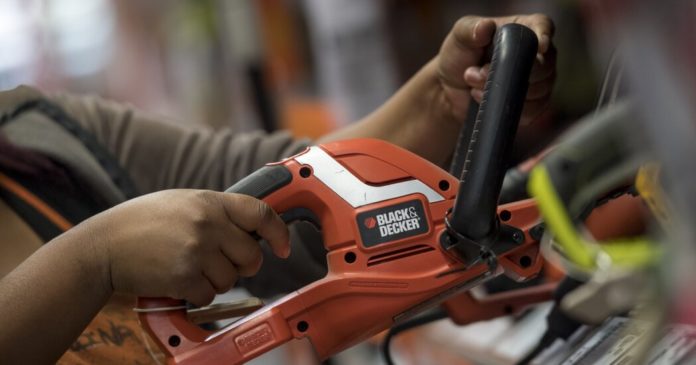Ms. Townsend said that luxury brands may also be nervous about selling in Russia because, increasingly, many of the wealthiest people in the country were subject to sanctions.
“Typically, when you go in to spend a lot of money on a very expensive luxury brand, you don’t expect the store to take your passport and see if you’re on a sanctions list,” she said. “If they were to do that, they may lose customers.”
The escalating crisis coincided with a string of fashion shows in Milan and Paris this month, events that not long ago had front rows heavily populated with the young wives of oligarchs, who were lauded as influencers and proved catnip for photographers.
The Russia-Ukraine War and the Global Economy
Now nearly all luxury executives were quick to say their main concern was for their employees in Russia, rather than to condemn the Russian government’s actions, though over the course of the last week, designers moved from refraining from any comment to almost universally — and publicly — professing their support for peace in the form of voice-overs at shows or addendums to their show notes.
Most major retailers and brands, including Ikea and Apple, have announced donations to aid Ukrainian people driven from their homes by the conflict. At the Givenchy show, a note left on every seat stated that the brand had made a donation to the Ukrainian Red Cross and offered a QR code for guests to donate too. At Stella McCartney, the show notes said that the brand was “dedicated to the people affected by the war in Ukraine,” and that it had donated to emergency crisis support for Ukrainians.
Both brands are owned by LVMH, though the biggest runway statement was made by Balenciaga, which is owned by Kering, and where a giant T-shirt in the colors of the Ukrainian flag was placed on every seat, along with a personal statement by the designer, Demna, who had fled Georgia as a child. Salma Hayek Pinault promptly donned her T-shirt and her husband, Francois-Henri Pinault, the chief executive of Kering, draped his over his shoulders. The show itself, which featured models clutching garbage bags and trudging into a snowstorm, was the only one to directly confront the plight of refugees. There was some criticism of the designer on social media, however, for dramatizing the ravages of war in what is, in the end, a commercial context.
Source : Nytimes











